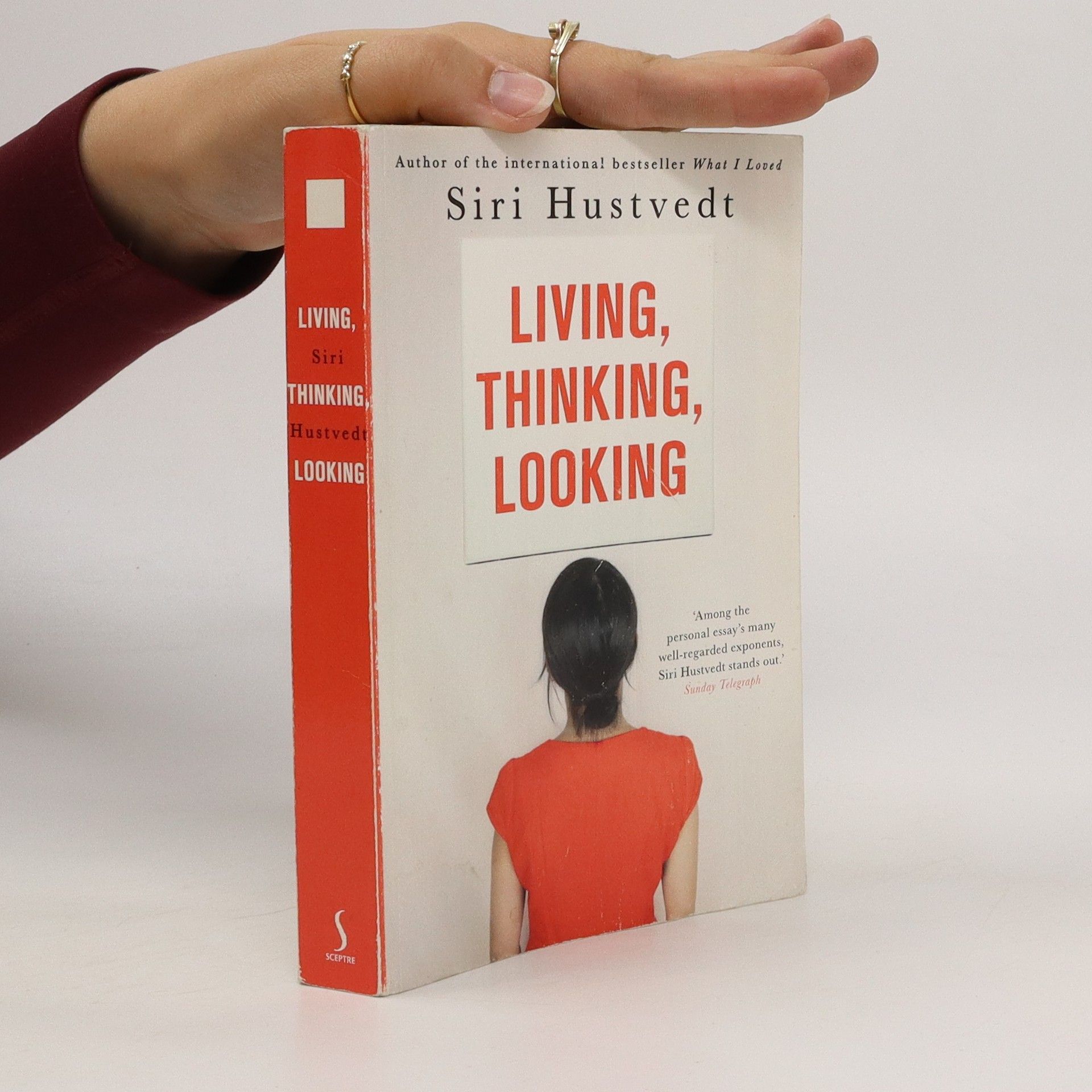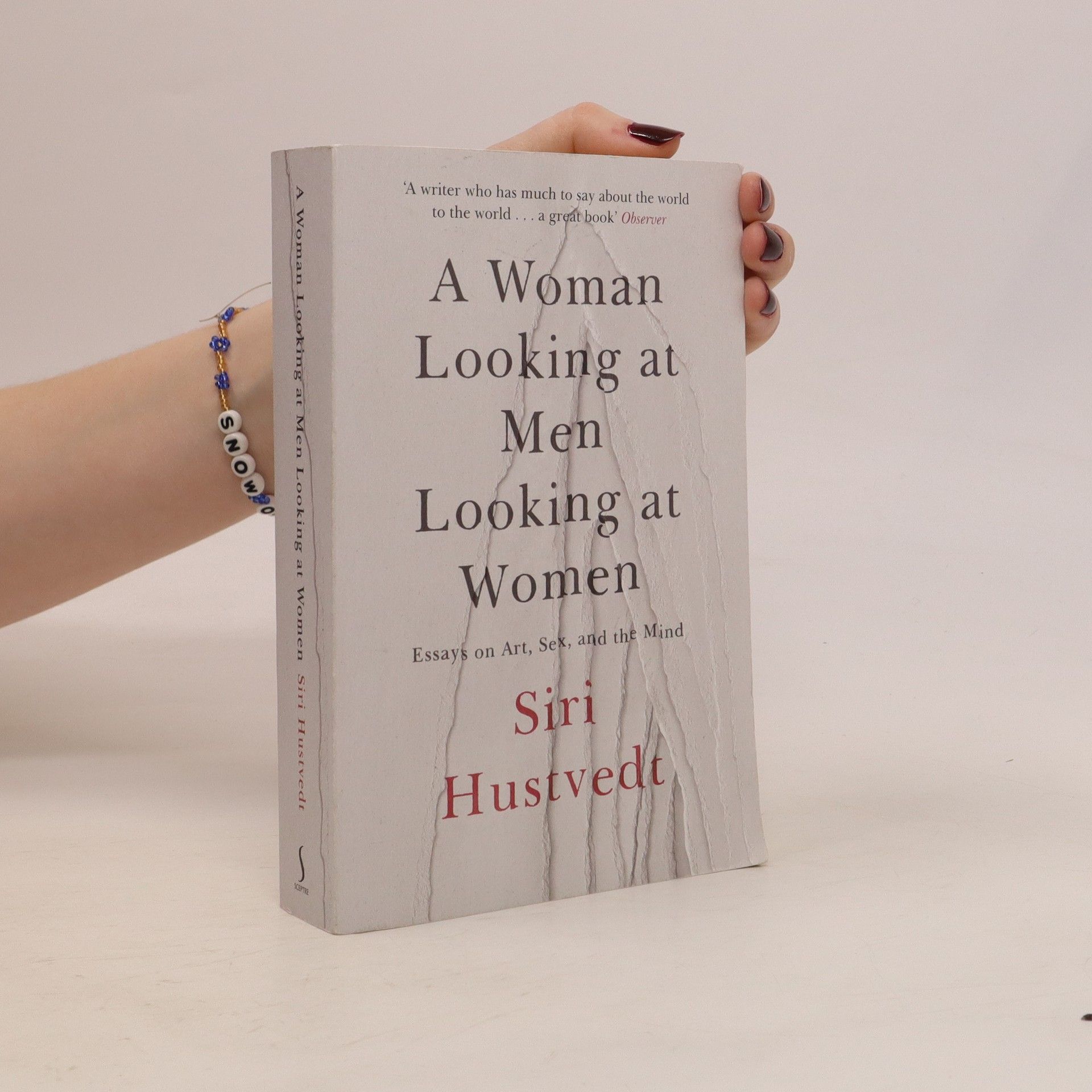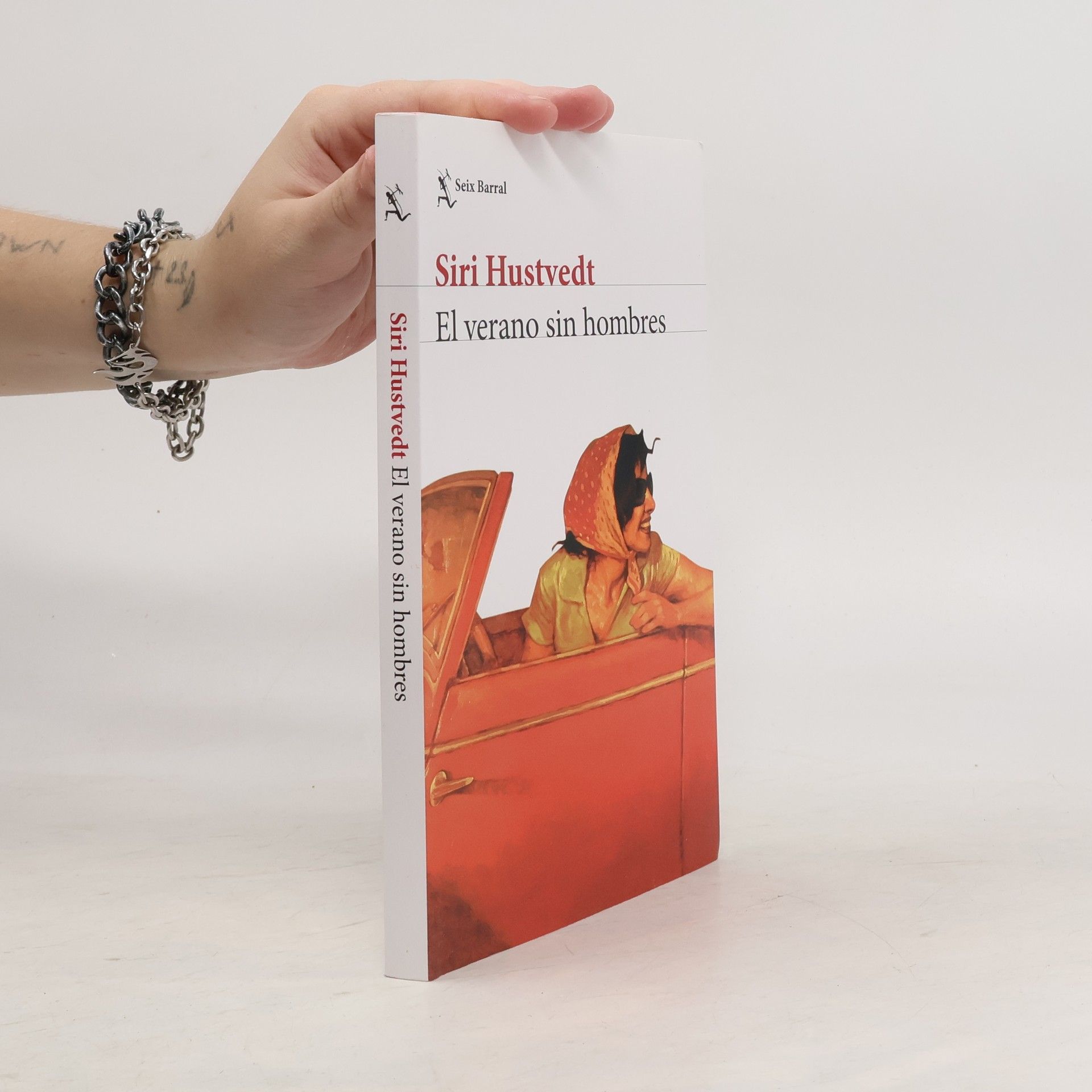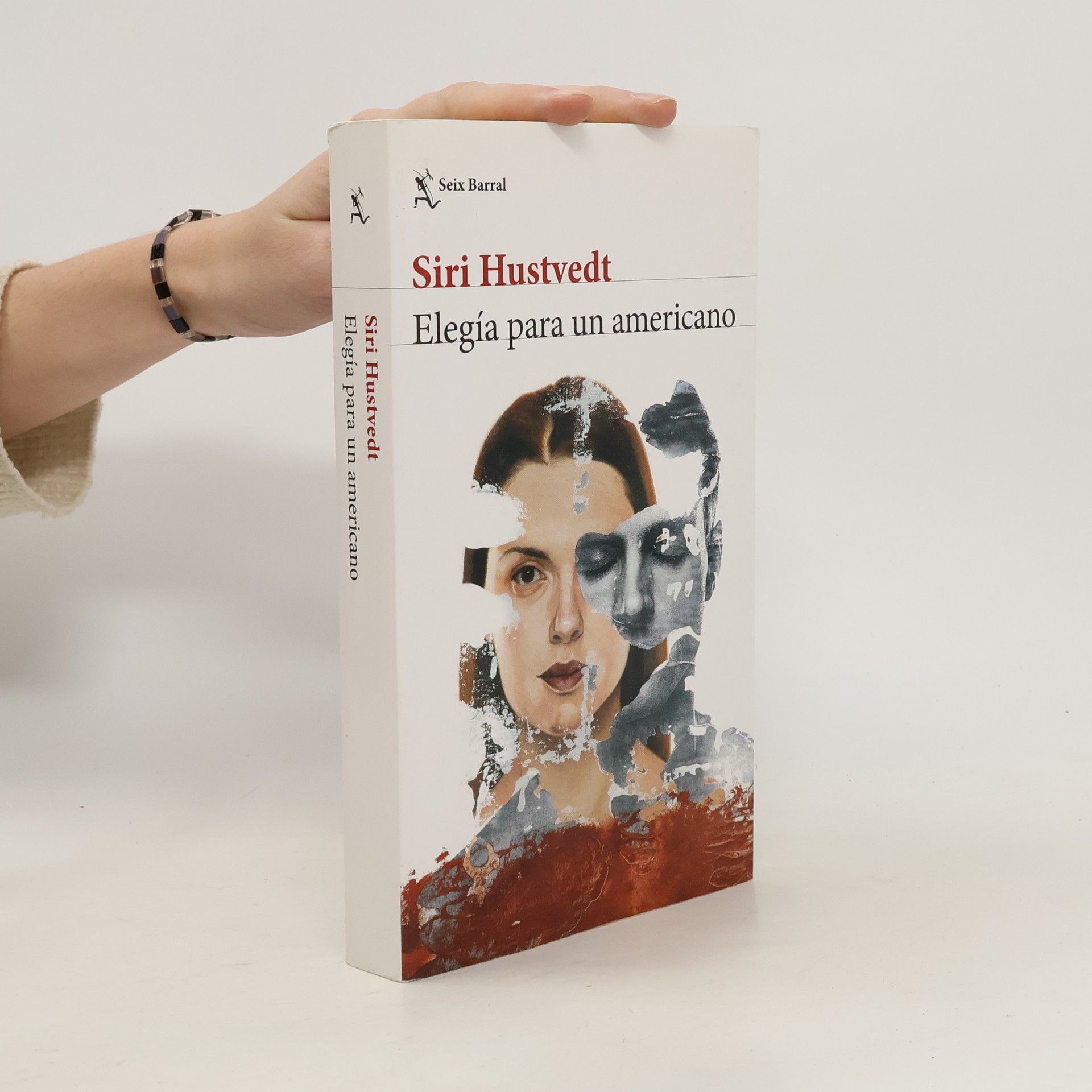Elegía para un americano
- 416 páginas
- 15 horas de lectura
Hustvedt profundiza en temas complejos de identidad y obsesión, a menudo a través de la lente del voyeurismo y la conexión entre vivos y muertos. Su prosa, que frecuentemente incorpora arte y pintura, muestra una profunda visión de la psicología de los personajes y la exploración de las relaciones humanas. Hustvedt también escribe ensayos y poesía, ampliando su alcance literario. Su estilo es incisivo y evocador, atrayendo a los lectores hacia narrativas reflexivas y emocionales.







Un día, después de treinta años de matrimonio sin fisuras, el esposo de Mia, un reconocido neurocientífico, le pide una «pausa». Una petición inesperada que en realidad significa que tiene una aventura con una colega más joven que ella y que hará que Mia sufra una crisis y sea ingresada en una clínica. Tras recibir el alta, decide volver a la ciudad de su infancia, Bonden, donde pasará un verano inolvidable mientras reparte su tiempo entre las amigas de su madre, un grupo de ancianas autodenominado «los Cisnes», y un montón de chicas adolescentes a las que imparte un taller de poesía. El verano sin hombres es una historia de amistad entre mujeres rebosante de humor, una comedia feminista que se ha convertido en un clásico contemporáneo y en una de las novelas favoritas de los lectores de Siri Hustvedt.
From the author of "The Enchantment of Lily Dahl" comes a powerful and heartbreaking novel that chronicles the epic story of two families, two sons, and two marriages.
Internationally acclaimed as a novelist, Siri Hustvedt is also highly regarded as a writer of non-fiction whose insights are drawn from her broad knowledge in the arts, humanities and sciences. In this trilogy of works collected in a single volume, Hustvedt brings a feminist, interdisciplinary perspective to a range of subjects. Louise Bourgeois, Pablo Picasso, Susan Sontag and Knut Ove Knausgaard are among those who come under her scrutiny. In the book's central essay, she explores the intractable mind-body problem and in the third section, reflects on the mysteries of hysteria, synesthesia, memory, perception and the philosophy of Kierkegaard. With clarity, wit, and passion, she exposes gender bias, upends received ideas and challenges her reader to think again.
From the internationally bestselling author of What I Loved and The Summer Without Men, a dazzling collection of essays written with Siri Hustvedt's customary intelligence, wit and ability to convey complex ideas in a clear and lively way. Divided into three sections - Living, which draws on Siri's own life; Thinking, on memory, emotion and the imagination; and Looking, on art and artists - the essays range across the humanities and science as Siri explores how we see, remember, feel and interact with others, what it means to sleep, dream and speak, and what we mean by 'self'. The combination offers a profound and fascinating insight into ourselves as thinking, feeling beings.
Feminist philosophy meets family memoir in a fresh essay collection by the award-winning essayist and novelist Siri Hustvedt, author of the bestselling What I Loved and Booker Prize-longlisted The Blazing World.
"While speaking at a memorial event for her father, the novelist Siri Hustvedt suffered a violent seizure from the neck down. Was it triggered by nerves, emotion - or something else entirely?"--Back cover
Iris Vegan, a graduate student living alone and impoverished in New York, encounters four strong characters who fascinate and in different ways subordinate her: an inscrutable urban recluse who employs her to record the possessions of a murdered woman; a photographer whose eerie portrait of Iris takes on a life of its own; an old woman in hospital who tries to claim a remnant of the ailing Iris; and a professor she has an affair with. An exploration of female identity in an age when the old definitions - as some man's daughter/wife/mother - no longer apply, fuelled with eroticism and a sense of menace.
Includes study guide and interview with the author.
A provocative, wildly funny and engrossing novel by the internationally acclaimed author of WHAT I LOVED, illustrated with her own drawings.